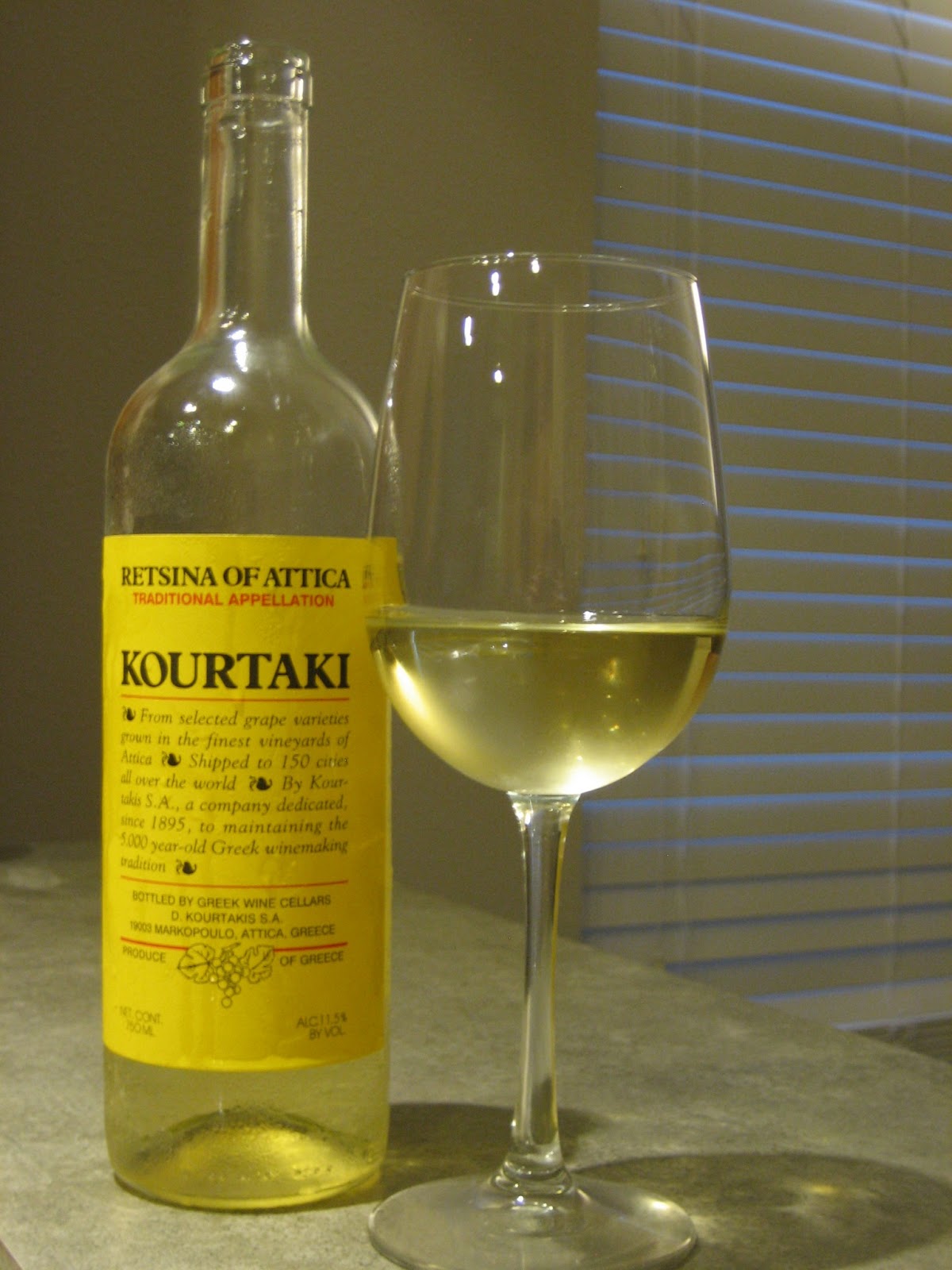Yes! There are plenty of reasons you might want to buy boxed wine.
- It’s cheap.
- It’s environmentally friendly (less packaging and less weight to ship).
- The bottle can’t break.
- It can’t have cork taint.
- It’s portable – you can take it to the beach or any other place that doesn’t allow glass.
- It will stay fresh for WEEKS! Maybe more!
When I say boxed wine, I mean the bag-in-a-box type. Some wines are sold in “Tetra Paks” which are
basically cardboard, and can do all of the things listed above except the last
one – stay fresh for weeks. That’s
because the bag-in-box design keeps the wine away from oxygen as you use it,
while a Tetra Pak doesn’t. Bag-in-box
designs have a spigot, while Tetra Paks usually have a small plastic screw cap
on the top.
But will it taste good?
Box wines have a bad reputation, but in recent years they’ve
been improving. Here are some to try,
based partly on my experience and partly on tasting panels that have posted
reviews. These are the recommended brands that are
available in our area. They come in 3
liter boxes, which are equivalent to 4 bottles:
- Osbourne Bodegas Seven Red Table Wine - $17
- Bota Box (especially the Shiraz) - $18
- Black Box - $21
- Herding Cats (especially the Chenin Blanc & Chardonnay blend) - $14
- Fish Eye (especially the Pinot Grigio and Riesling) - $15
Though you may never get a spectacular wine out of a box,
you can definitely get a decent one for a great price. Box wines are good for entertaining, for when
you just want a glass of wine every now and then and don’t want to open a
bottle, for the beach or picnics, and for cooking.
And as a bonus, here’s a way to reuse the bag, courtesy of America's Test Kitchen:







